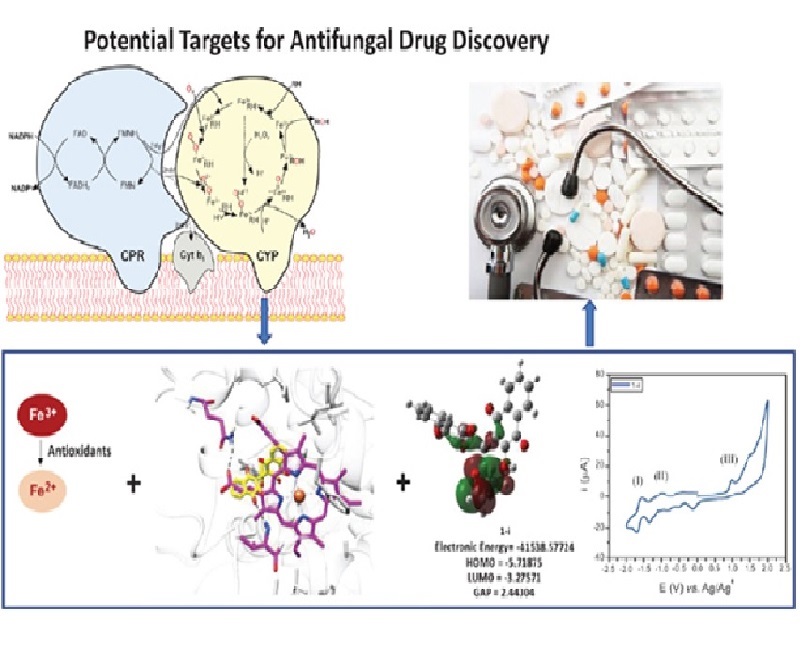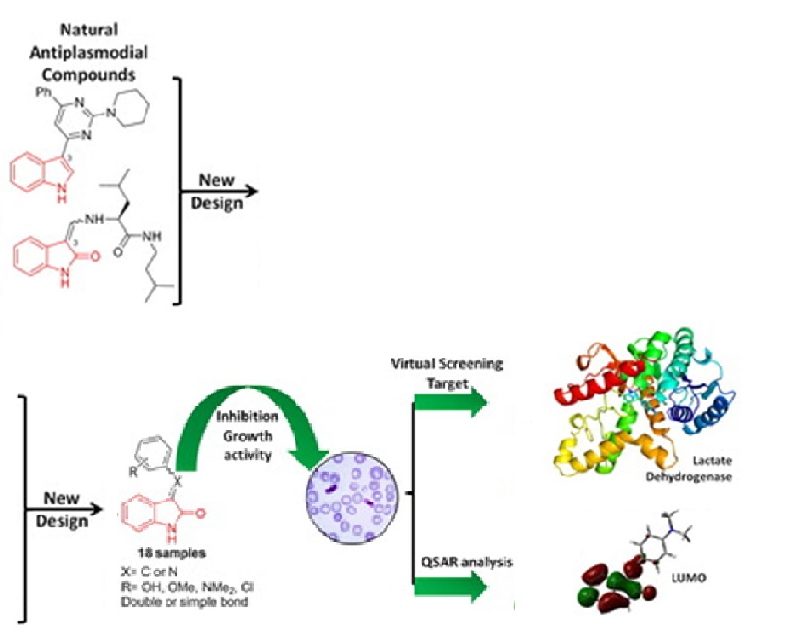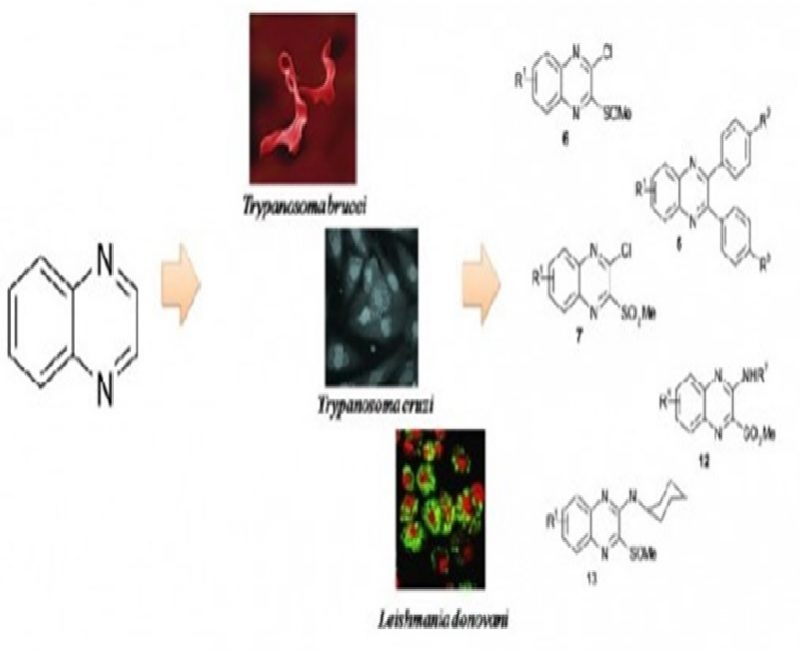
Authors:
de Oliveira, Aldo S. 1,2 ; Palomino-Salcedo, David L. 2 ; Zapp, Eduardo 1 ; Brondani, Daniela 1 ; Hoppe, Thaynara D. 1 ; Brondani, Patricia B. 1 ; Meier, Lidiane 1 Johann, Susana 3 ; Ferreira, Leonardo L. G. 2 ; Andricopulo, Adriano D. 2
Abstract:
Background: In general, fungal species are characterized by their opportunistic character and can trigger various infections in immunocompromised hosts. The emergence of infections associated with high mortality rates is due to the resistance mechanisms that these species develop.
Methods: This phenomenon of resistance denotes the need for the development of new and effective therapeutic approaches. In this paper, we report the investigation of the antioxidant and antifungal behavior of dimeric naphthoquinones derived from lawsone whose antimicrobial and antioxidant potential has been reported in the literature.
Results: Seven fungal strains were tested, and the antioxidant potential was tested using the combination of the methodologies: reducing power, total antioxidant capacity and cyclic voltammetry. Molecular docking studies (PDB ID 5V5Z and 1EA1) were conducted which allowed the derivation of structureactivity relationships (SAR). Compound 1-i, derived from 3-methylfuran-2-carbaldehyde showed the highest antifungal potential with an emphasis on the inhibition of Candida albicans species (MIC = 0.5 µg/mL) and the highest antioxidant potential.
Conclusion: A combination of molecular modeling data and in vitro assays can help to find new solutions to this major public health problem.
1 Department of Exact Sciences and Education, Federal University of Santa Catarina, (UFSC), Blumenau, SC, Brazil
2 Laboratory of Medicinal and Computational Chemistry, Center for Research and Innovation in Biodiversity and Drug Discovery, Institute of Physics of Sao Carlos, University of Sao Paulo, Sao Carlos, SP, Brazil
3 Department of Microbiology, Federal University of Minas Gerais, Belo Horizonte, Minas Gerais, Brazil
Link to article: https://www.eurekaselect.com/177687/article







